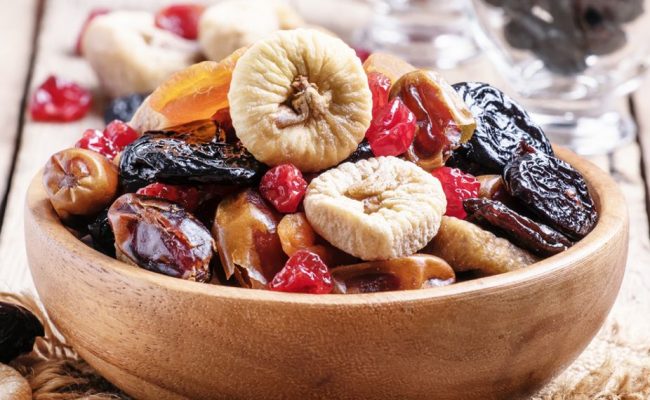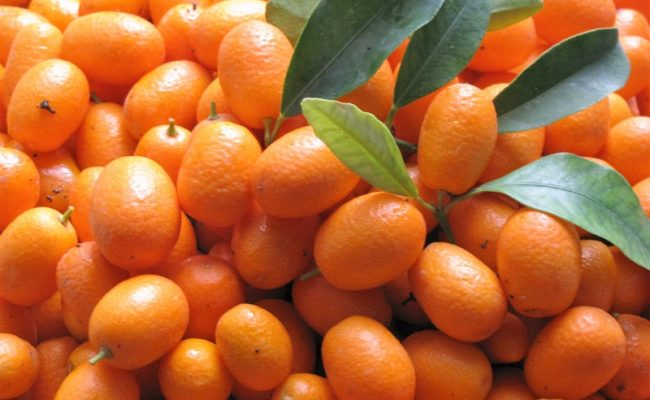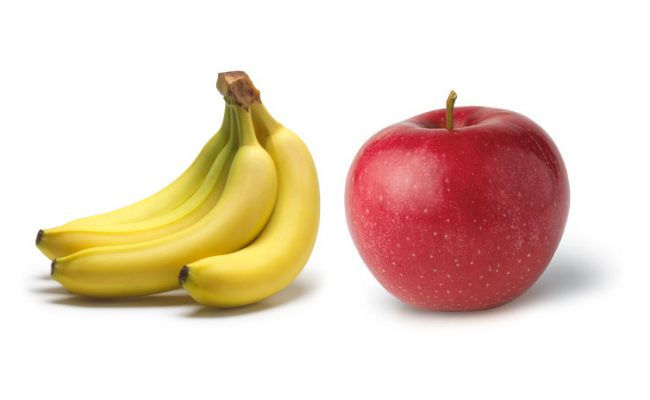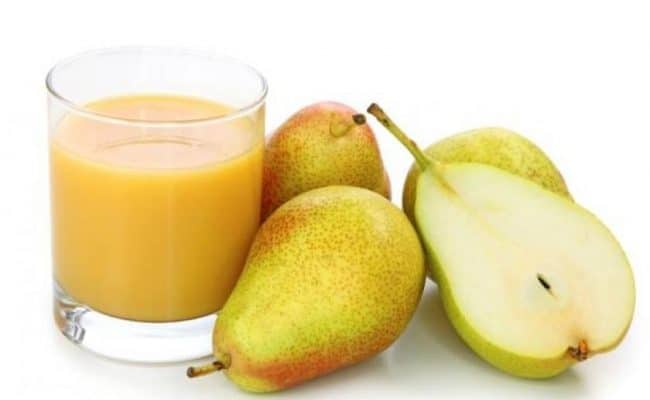
We are constantly being told to eat more fruit and vegetables; however, sometimes it can be difficult to fit the recommended amount of these foods into our diets, especially if they are not really your food of choice to begin with.
Why we need so many fruits and vegetables in our diet
Fruit and vegetables are essential in our diets for a number of reasons. Firstly, they provide important vitamins and minerals that our bodies require in order to function correctly. Different fruits and vegetables provide different nutrients, so it is a good idea to eat a wide range of products from these food groups. Choosing different colours is an easy way to vary your intake and get a variety of different nutrients.
These foods also provide fibre in our diets, which has been linked to lower risk of heart disease and other lifestyle diseases, as well as being important in maintaining a healthy gut and digestive system. Vegetables and fruit are both low in fat and reasonably low in calories, with fruit having more than vegetables due to the sugar content. This makes them ideal for maintaining a healthy weight and helping to fill us up without eating more calories than we need.
How many fruits and vegetables are recommended?
The American Dietary Guidelines from 2010 recommend one and half to two cups of fruit per day depending on age and sex to meet requirements for nutrients. This includes, fresh, tinned and dried fruit as well as 100% fruit juice.
Adults generally require two to three cups of vegetables per day, again depending on age and sex. People who are more physically active may be able to consume more and still be within their calories requirements.
Vegetables can be divided into different categories, depending on their nutrient profile, dark green vegetables, red and orange vegetables, starchy vegetables, peas and beans and other vegetables. It is not necessary to eat all types of vegetables daily, however over the course of a week a range from all the groups should be consumed.
What counts as a cup?
In general, a cup of fruit could be made up of one cup of fresh fruit, or 100% juice, or ½ a cup of dried fruit.
A cup of vegetables could be made up of raw or cooked vegetables or 100% vegetables juice. Alternatively, it could be two cups of raw green vegetables (with leaves), such as lettuce.
3 simple ways to increase your fruit intake
Snack on fruit and dried fruit
Fruit is portable, nutritious and requires no preparation, making it the perfect snack food on the run or at home. Dried fruit is also a good snack alternative as it also contains a good hit of vitamins. Be aware however, that dried fruit is a concentrated form of calories due to the removal of water and it is easy to eat large amounts without realising how many calories you are consuming. A small handful of sultanas or three of four dried apricot halves is a good snack size.
Add fruit to your breakfast
Breakfast is a meal that often benefits from the addition of fruit. If you have cereal, add diced or grated fresh fruit on top, or mix in a small amount of dried fruit. Bananas make a good addition to warm oatmeal and can also be cooked at added to pancakes or crepes. If you aren’t much of a breakfast person, perhaps a fruit smoothie, made with fresh fruit, low fat milk and yogurt is more your style.
Choose fruit based desserts
Due to its sweetness, fruit makes an excellent dessert choice. Sometimes a piece of fruit may be enough to satisfy a sweet tooth, however if you crave something more, try cooking fruit, such as baking apples or stewing plums and serving them with a little low fat yogurt for a comforting winter dessert that is high in fibre and vitamins and low in fat.
Freezing fruits may also make a refreshing dessert for a hot summer day. Frozen bananas are especially good as they take on the texture of ice cream when frozen. Simple peel and wrap in cling film and freeze until solid for a satisfyingly rich dessert.
Choosing fruit based desserts on a restaurant menu may sometimes mean a lower calorie and fat option, although unfortunately this is not always the case (think apple pie with ice cream!). However, by choosing a sweet dished based on fruit rather than one based on something like chocolate, at least you are adding some nutrition to your diet.
5 ways to increase your vegetable intake
Aim for at least one vegetarian dish per week
Vegetarian cooking can be quick and satisfying, not to mention healthy. By having at least one meal per week that is purely vegetarian, you are also likely to boost your vegetable intake. Try to include beans, peas and lentils for protein and nutrients as well as more robust vegetables such as eggplant or mushrooms to replace meat or fish.
Add side salads or soups
Try to include a side salad with most of your meals. Whether it is one to share or an individual salad of your choice on your own plate, having vegetables easily accessible and nicely served is likely to make you eat more. Be creative with salads, experimenting with different vegetables, dressings and additions to make them more interesting and appetizing.
In winter a salad based on warm, roasted vegetables may be more inviting, or alternatively, a healthy soup packed with veggies to warm you up and provides stacks of nutrition to your meal.
Soups do not need to be complicated, simply cook your vegetable of choice until soft, add a little water or milk and blitz in a food processer until smooth, adding more liquid until you achieve the desired consistency. Herbs, spices or a little salt can then be added to enhance the flavour of the vegetable.
Fill one half of your plate with vegetables or fruit
The American Dietary Guidelines suggest that one half of your plate should be filled with vegetables or fruit at every meal. By trying to follow this rule as closely as possible, you are likely to eat a sufficient amount of vegetables.
Bulk up dishes with added veg
If you are not the biggest fan of vegetables, or even if you like them but struggle to fit enough into your diet, they can easily be added to your favourite dishes discreetly. Often you will not even notice they are there. Try adding finely diced or grated vegetables to pasta sauces, stews, pie fillings or dishes made from minced meat such as burgers. Often you won’t taste the vegetables itself, but you are adding fibre and nutrients as well as reducing the fat and calories of the dish.
Vegetables can even be added to baking, try grated vegetables such as carrot, zucchini or pumpkin in cakes and muffins to add great flavour as well as nutritional value.
Snack on veggies
Raw vegetables can make a healthy, low calorie snack. Try cutting carrots, celery or cucumber into batons and dipping in a healthy dip such as humus or a yogurt based dip. This also makes a great healthy platter for a party or for a group of children.
References used in this article










